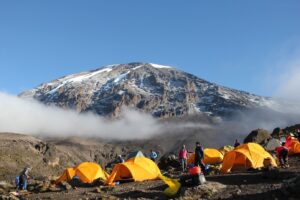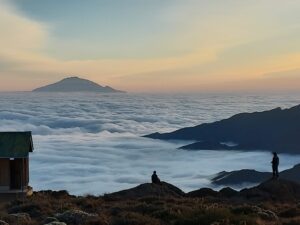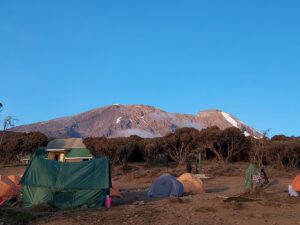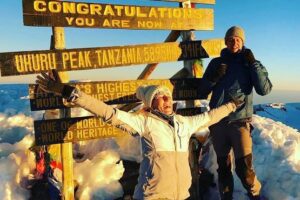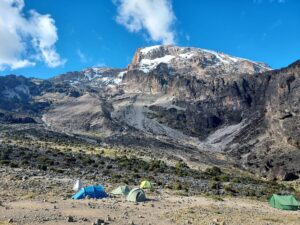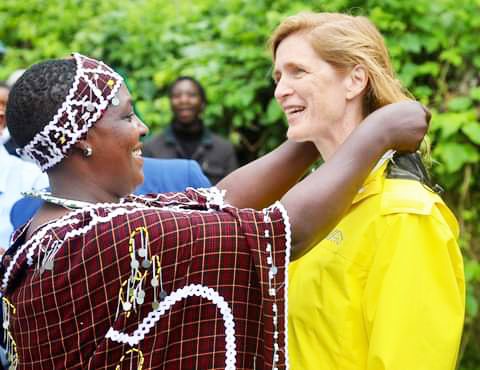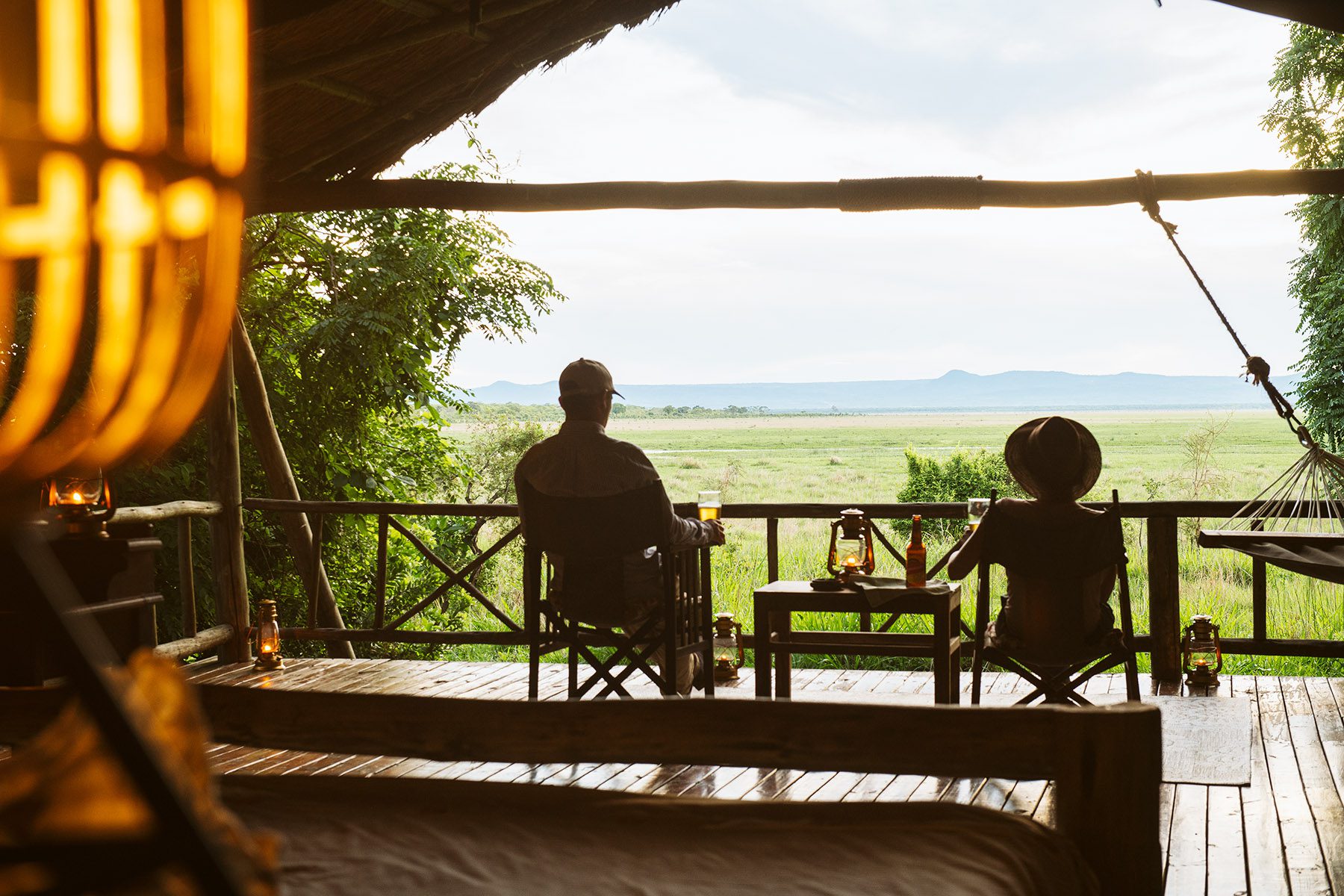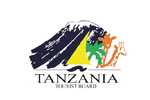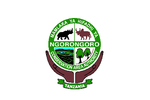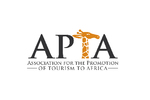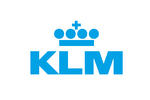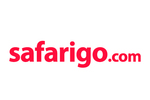Climb kilimanjaro
Tanzania Holidays Ideas
- Best time to go : All Year Arround
- 24/7 support
- No Hidden Costs
- Hand Picked Accomodation
Conquer Africa’s Highest Peak
Experience the thrill of a lifetime with Mount Kilimanjaro Trekking, an exhilarating adventure to the summit of Africa’s highest peak at 5,895 meters (19,341 feet). Located in Tanzania, Mount Kilimanjaro is a dormant volcano and a UNESCO World Heritage Site, offering trekkers a chance to traverse diverse ecosystems, from lush rainforests to alpine deserts, culminating in breathtaking views from Uhuru Peak. This comprehensive guide provides all the essential information to plan your Mount Kilimanjaro Trekking adventure, ensuring a rewarding, safe, and unforgettable journey.
Why Choose Mount Kilimanjaro Trekking?
Mount Kilimanjaro, fondly called “Kili,” is one of the Seven Summits and a bucket-list destination for adventurers worldwide. Its unique appeal lies in its accessibility, diverse landscapes, and the chance to stand atop Africa’s “Roof.”
Here’s why Mount Kilimanjaro Trekking is a must-do:
-
No Technical Climbing Required: Kilimanjaro is a non-technical trek, making it accessible to fit individuals with no prior mountaineering experience.
-
Diverse Ecosystems: Journey through five distinct climate zones—cultivated lands, rainforest, heath, moorland, and alpine desert—offering a rich tapestry of flora and fauna.
-
Cultural Enrichment: Engage with local Chagga communities and learn about their traditions, adding depth to your adventure.
-
Unparalleled Views: From the snow-capped summit, marvel at panoramic vistas of the Tanzanian plains and distant horizons.
Trekking Routes Of Mount Kilimanjaro
Kilimanjaro offers seven established routes, each with unique features, durations, and difficulty levels. Choose the one that suits your fitness, time, and preferences for Mount Kilimanjaro Trekking.
Lemosho Route.
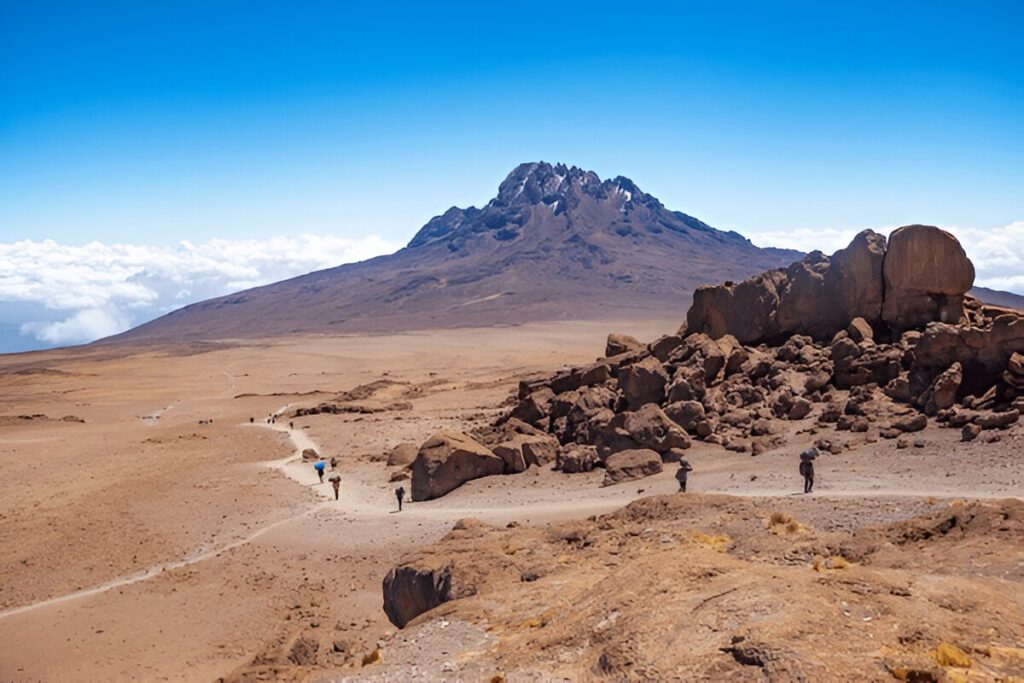
Trek duration: 6-8 days.
Trip duration: 10 days.
Difficulty: Challenging .
Summit success rating: Over 95%.
Accommodation type: Camping
Lemosho Route
The Lemosho route, starting at Lemosho Gate on Kilimanjaro’s western base, ranks as our top pick among the five best Kilimanjaro routes for its stunning scenery. While it can be completed in six days, a seven- or eight-night trek is recommended to allow better acclimatization and rest, boosting your chances of reaching Uhuru Peak, Kilimanjaro’s summit. As the newest and most westerly route, Lemosho offers a longer, more gradual ascent, ideal for those new to high-altitude climbing.
Compared to the Rongai route, Lemosho is more challenging but rewards climbers with breathtaking landscapes and fewer crowds than more popular routes. The trek begins in lush rainforest, where you might spot antelope, elephants, or buffalo in this pristine region. As you gain elevation, the rainforest transitions to scrub and the expansive Shira Plateau. Heading north, the route passes the striking Lava Tower, a 90-meter volcanic remnant showcasing Kilimanjaro’s geological history.
Beyond Lava Tower, the trail descends into the scenic Barranco Valley, dotted with vibrant senecio and lobelia plants. Here, climbers face the formidable Barranco Wall, a 90-minute scramble that rewards with sweeping views of the arid Karanga Valley below. The final ascent to Uhuru Peak typically spans two days, with a rest at Barafu Camp on a rocky ridge, setting the stage for a thrilling sunrise summit.
Despite its demanding ups and downs compared to the gentler Rongai route, Lemosho’s uncrowded paths and diverse, awe-inspiring scenery make it a standout choice for climbing Kilimanjaro.
Rongai Route.
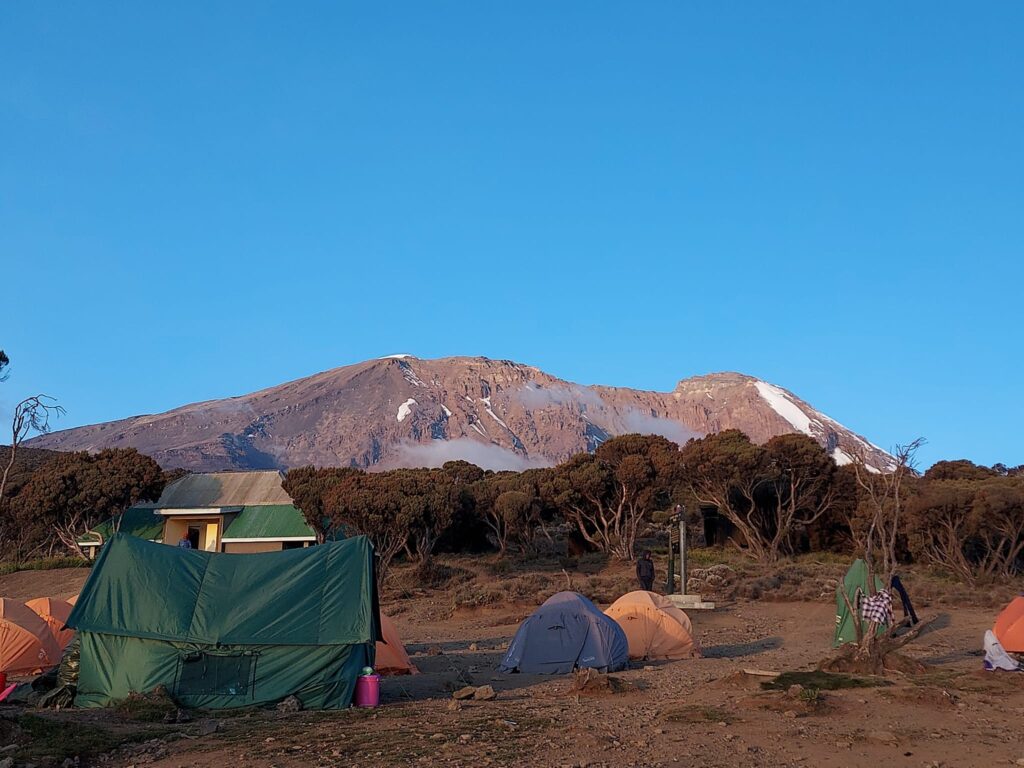
Trek duration: 6-7 days.
Trip duration: 9 days.
Difficulty: Challenging .
Summit success rating: Over 95%.
Accommodation type: Camping
Rongai Route.
The Rongai route, widely regarded as one of the easier ways to climb Kilimanjaro, offers a unique northern approach starting near Tanzania’s border with Kenya. Less accessible than southern routes, it requires a longer, costlier journey to reach, but rewards climbers with drier weather, fewer crowds, stunning scenery, and excellent wildlife viewing opportunities.
Completable in six to eight days—longer treks improve altitude acclimatization—this route involves no technical climbing or ropes, featuring a steady, moderately challenging ascent with well-placed rest stops and camps. We rank Rongai highly for its high success rate in reaching Gilman’s Point and Uhuru Peak, thanks to its gradual, consistent climb, avoiding the steep fluctuations of other routes.
The main challenge is the difficulty of following the “trek high, sleep low” acclimatization strategy, which can make summiting tougher for those inexperienced with high altitudes. Despite this, Rongai’s advantages make it a top choice for a less demanding Kilimanjaro ascent.
Machame Route.
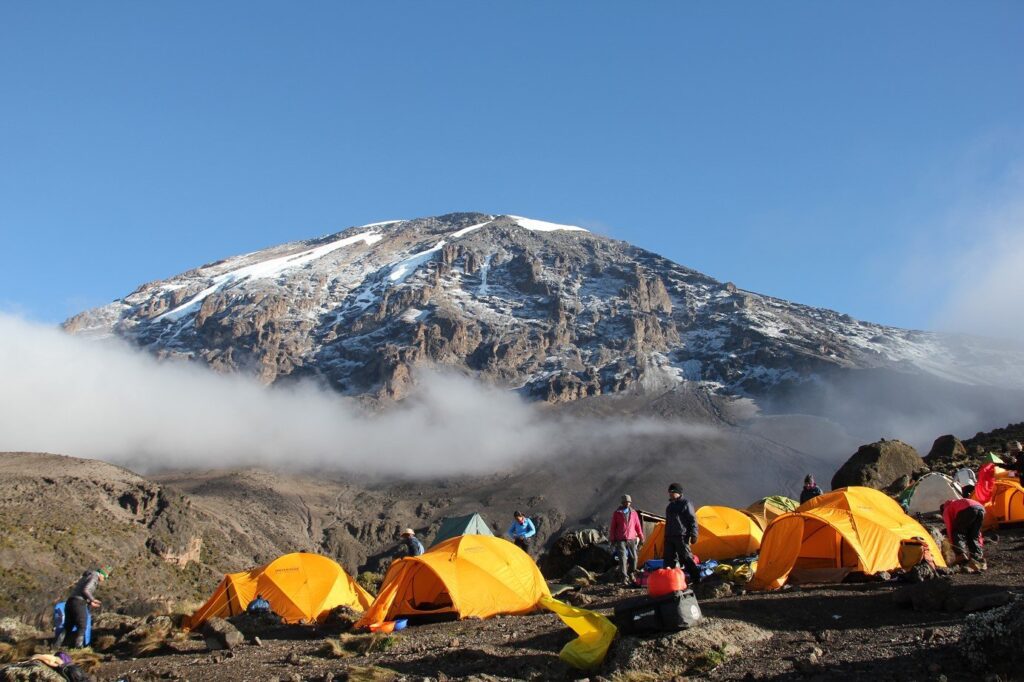
Trek duration: 6-8 days.
Trip duration: 10 days.
Difficulty: Challenging .
Summit success rating: Over 95%.
Accommodation type: Camping
Machame Route.
The Lemosho route, starting at Lemosho Gate on Kilimanjaro’s western base, ranks as our top pick among the five best Kilimanjaro routes for its stunning scenery. While it can be completed in six days, a seven- or eight-night trek is recommended to allow better acclimatization and rest, boosting your chances of reaching Uhuru Peak, Kilimanjaro’s summit. As the newest and most westerly route, Lemosho offers a longer, more gradual ascent, ideal for those new to high-altitude climbing.
Compared to the Rongai route, Lemosho is more challenging but rewards climbers with breathtaking landscapes and fewer crowds than more popular routes. The trek begins in lush rainforest, where you might spot antelope, elephants, or buffalo in this pristine region. As you gain elevation, the rainforest transitions to scrub and the expansive Shira Plateau. Heading north, the route passes the striking Lava Tower, a 90-meter volcanic remnant showcasing Kilimanjaro’s geological history.
Beyond Lava Tower, the trail descends into the scenic Barranco Valley, dotted with vibrant senecio and lobelia plants. Here, climbers face the formidable Barranco Wall, a 90-minute scramble that rewards with sweeping views of the arid Karanga Valley below. The final ascent to Uhuru Peak typically spans two days, with a rest at Barafu Camp on a rocky ridge, setting the stage for a thrilling sunrise summit.
Despite its demanding ups and downs compared to the gentler Rongai route, Lemosho’s uncrowded paths and diverse, awe-inspiring scenery make it a standout choice for climbing Kilimanjaro.
Marangu Route.
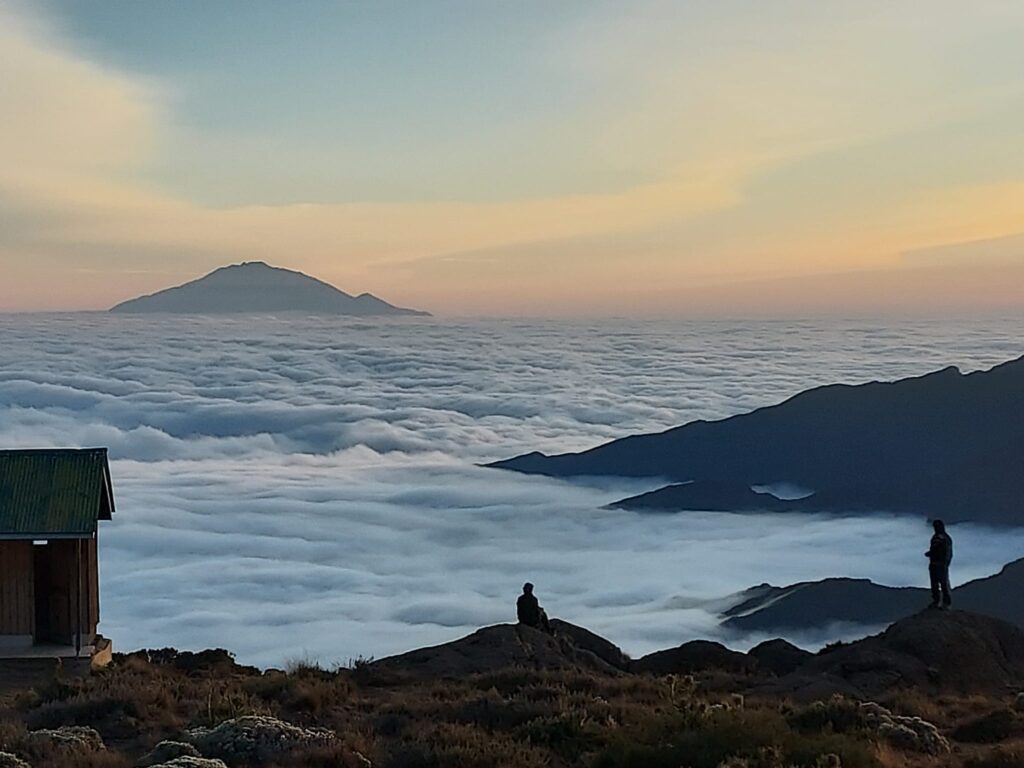
Trek duration: 5-6 days.
Trip duration:8 days.
Difficulty: Challenging .
Summit success rating: Over 95%.
Accommodation type: Camping Huts
Marangu Route.
The Marangu route, approaching Kilimanjaro from the southeast, is the mountain’s original climbing path, famously nicknamed the “Coca-Cola” route for the availability of Coca-Cola at its huts. Often considered one of the easier routes due to its gradual, direct ascent, Marangu has a lower summit success rate because many attempt it in just five days, insufficient for proper acclimatization.
Unique among Kilimanjaro routes, Marangu offers shared dormitory-style hut accommodations, ideal for those who prefer not to camp. These huts feature communal dining areas, basic washrooms, and toilets—flushable at lower elevations but transitioning to “long drop” loos higher up. This makes Marangu a strong choice for climbing during the rainy season.
As the only route using the same path for ascent and descent, Marangu is less scenic than others and can become crowded during peak climbing seasons due to two-way traffic. Despite this, the classic experience of this historic route remains a compelling draw for climbers.
Northern Circuit Route.
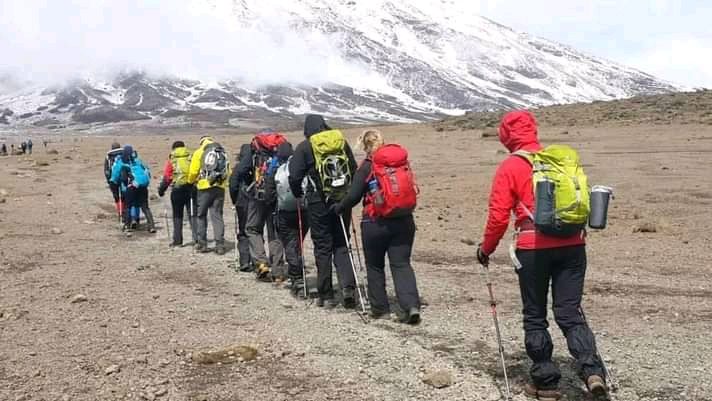
Trek duration: 9 days.
Trip duration:10 days.
Difficulty: Challenging .
Summit success rating: Over 95%.
Accommodation type: Camping
remoteness – wildlife spotting – non-circular route.
Northern Circuit Route.
Starting at Londorossi Gate, the Northern Circuit approaches Kilimanjaro from the west, bypassing the busier southern routes. It initially follows the Lemosho route through vibrant rainforest, where unique wildlife sightings are common.
The trail ascends to Shira Ridge, Kilimanjaro’s third summit, crossing the Shira Plateau and passing the striking Shira Cathedral before veering onto quieter northern paths. On clear days, views extend over Kenya’s Amboseli Plains. The route converges with the Rongai and Marangu routes for the final push to Uhuru Peak via Gilman’s Point, descending via the Mweka trail instead of backtracking.
The remote northern side offers solitude, stunning scenery, and wildlife spotting opportunities, blending the best aspects of other Kilimanjaro routes. Taking nine days for those less experienced with high altitudes (or eight for seasoned trekkers), the Northern Circuit boasts one of the highest summit success rates due to its gradual elevation gain and extended time for acclimatization, making it a relatively easy and highly rewarding climb.
Other Routes.
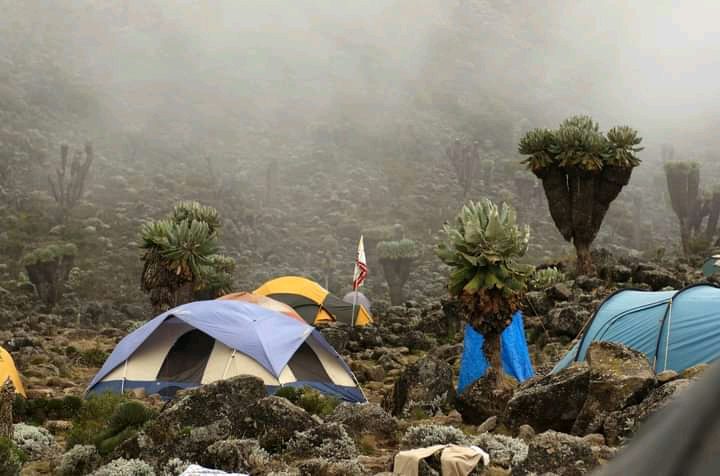
Shira Route, Kilimanjaro
The Shira route, a rarely used trail starting near Shira Ridge, was one of Kilimanjaro’s original routes but has been largely superseded by the improved Lemosho route. Though scenic, Shira’s high starting point at 3,500m often leads to altitude-related issues, resulting in a low summit success rate. In contrast, the Lemosho route begins at 2,300m, allowing more time for acclimatization and significantly boosting summit chances, making it the preferred choice.
Umbwe Route, Kilimanjaro.
The Umbwe route, one of Kilimanjaro’s shortest paths, is also its most demanding due to limited acclimatization opportunities. This steep, exposed route involves a rapid ascent to Barranco Camp by the second night, unlike the third or fourth nights on other routes. As the sharpest path to Uhuru Peak, Umbwe is unsuitable for most trekkers and recommended only for those with extensive technical mountaineering experience and thorough knowledge of Kilimanjaro.
Discover Top Kilimanjaro tours
Begin an extraordinary journey to conquer Mount Kilimanjaro, Africa’s highest peak, with Big Elephant Adventures. Experience the thrill and majesty of scaling this iconic mountain, where breathtaking landscapes and awe-inspiring challenges create memories that last a lifetime.
"This safari exceeded every expectation! My friend Emily and I booked through Big Elephant Adventures, and everything was flawless. From the luxury lodges to the breathtaking wildlife encounters—especially witnessing the Great Migration—it was truly the trip of a lifetime!"
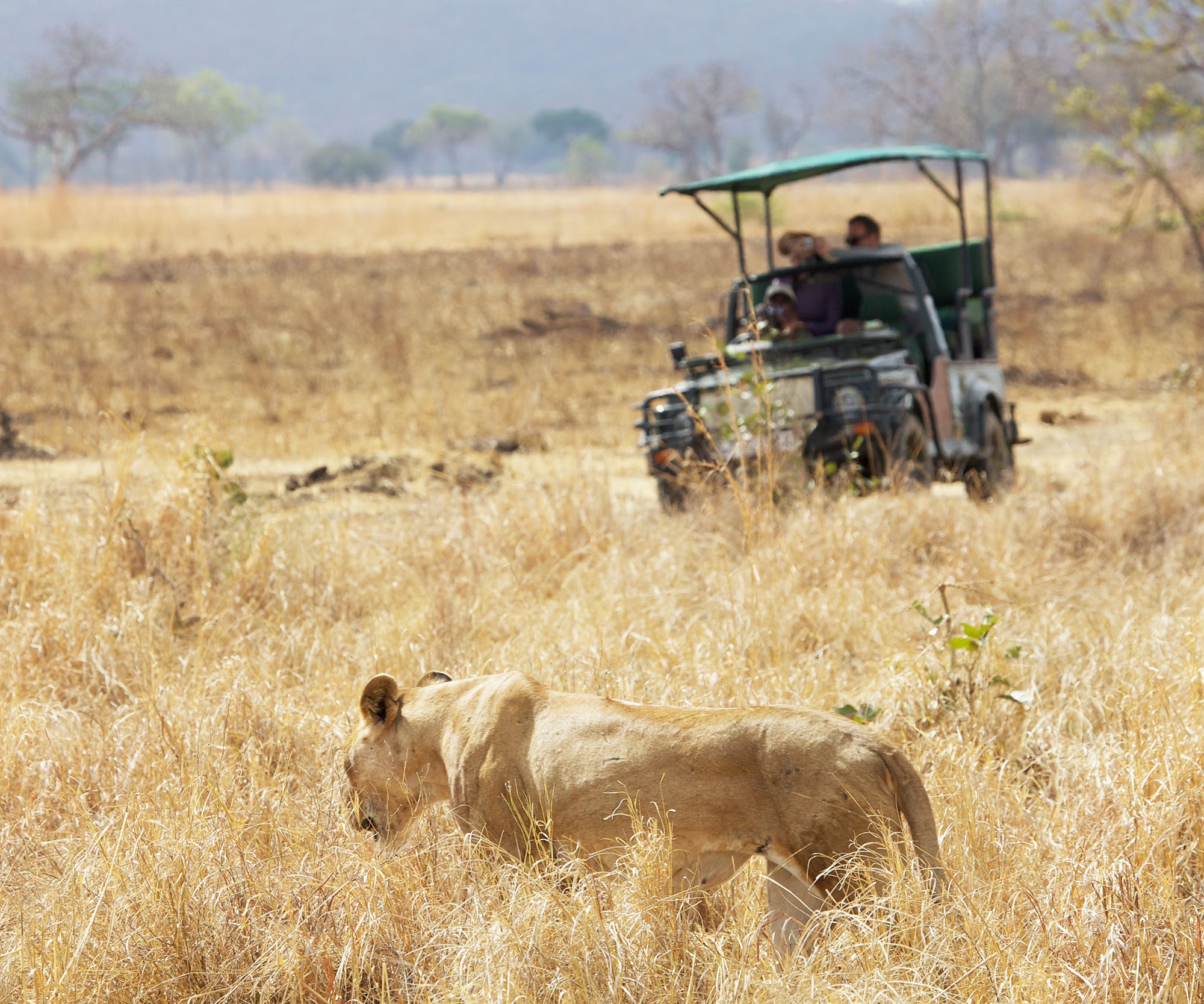
1. What is the best time to climb Kilimanjaro?
2. How difficult is the climb?
3. Which route should I choose?
Machame Route (6–7 days): Scenic, diverse landscapes, moderate difficulty, high success rate.
Lemosho Route (7–8 days): Gradual ascent, remote, excellent for acclimatization, and wildlife sightings.
Marangu Route (5–6 days): The only route with hut accommodations, less scenic but comfortable.
Our team helps you select the best route based on your experience, fitness, and goals.4. Do I need prior climbing experience?
5. What about altitude sickness?
6. What gear do I need?
You’ll need proper hiking gear, including:
- Warm, layered clothing (temperatures range from hot to freezing)
- Quality hiking boots
- Sleeping bag rated for sub-zero temperatures
- Trekking poles (recommended) Big Elephant Adventures provides a detailed packing list and can arrange gear rentals if needed.
7. Is it safe to climb Kilimanjaro?
8. Can I combine my climb with a safari?
9. How sustainable is the climb?
10. How do I book my climb?
11. What is included in the climb package?
Our packages typically include:
- Expert guides, porters, and cooks
- Park fees and permits
- Meals and drinking water on the mountain
- Camping equipment (tents, etc.)
- Safety equipment (oxygen, first aid) Detailed inclusions are provided during booking.

